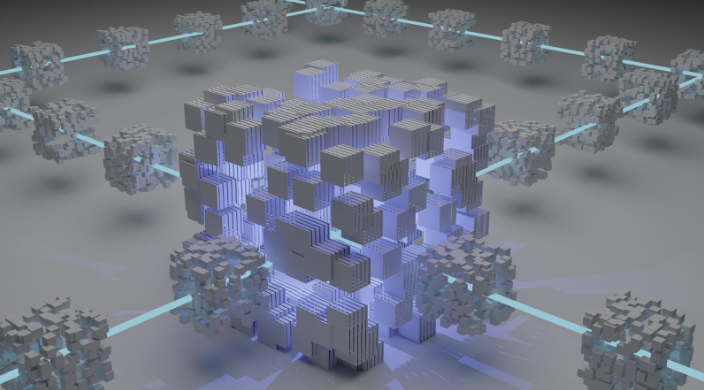How NFTs and Blockchain Art Works

NFTs (Non-Fungible Tokens) may sound like a form of currency that an alien species with 3 heads uses, but non-fungible means that whatever is tokenised into an NFT is unique and cannot be replicated. For example, if you swap a bitcoin for another bitcoin you will still end up with a bitcoin in your possession. However, each NFT is completely unique meaning each one is one of a kind. NFTs can come in a range of different forms including:
Most NFTs are part of the Ethereum blockchain network within this network there is an NFT marketplace where people can buy, sell and trade NFTs. However other cryptocurrency blockchains such as Solana and Cardano also have NTF marketplaces. Blockchains are responsible for keeping track of who owns each NFT. Blockchains are a way to store data on a decentralised online database, where no company or entity is responsible for keeping things secure and accurate. This can be an answer against corruption, which can occur when individuals within companies and governments have the power to influence the ownership status of things. With blockchains this cannot happen. There is however a range of scams out there that target people in the cryptocurrency space, not only stealing cryptocurrency but also NFTs. If you think you may have become a victim you should contact Investment Fraud Attorneys who provide the best chance at getting your assets back.
NFTs can be sold for eye watering amounts of money like Pak’s ‘The Merge’ which sold for $91.8m, however 30,000 people each bought a share of this NFT. The next most expensive NFT was $69.3 million and was sold to an individual owner. NFT prices fluctuate and keep in step with the rest of the cryptocurrency market, so if the cryptocurrency market is experiencing extreme highs or lows the value of NFTs can be quite drastically affected.
Yes, it is true, you can copy any digital file you want. You can even go to the extent of making it your desktop background if you want. You aren’t going to get the FBI breaking down your door for this, but why? Well, what people are paying for in regard to NFT is not the ability to see or use the NFT, it is in fact purely for ownership purposes. So you can let out a belly laugh and proclaim to the world that the art on that specific NFT is yours and nobody else’s on this planet.
Blockchain art is probably among the first things you will think about when someone mentions NFTs, at least along with Bored Ape Yacht Club collectable ape images. Blockchain art has a number of differences from traditional art including:
With the rise of popularity in NFTs within the previous few years it is not surprising that an increasing number of artists are creating their own NFT art, but it is important for them to make sure that they understand the space before they jump into it feet first. This allows them to understand if getting into the NFT space is right for them.
